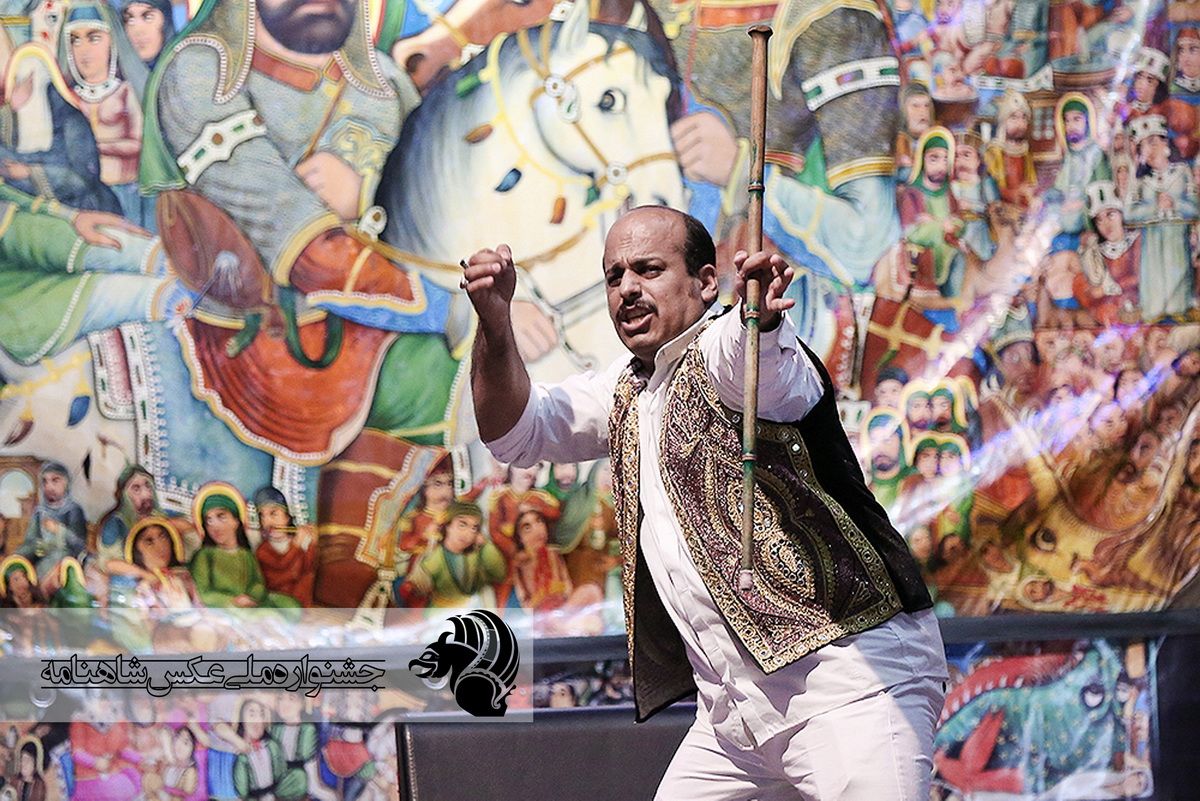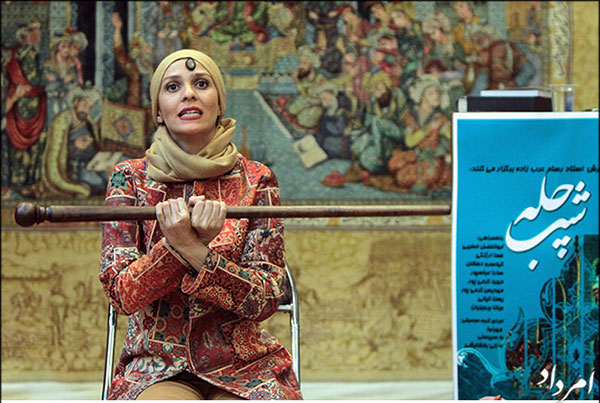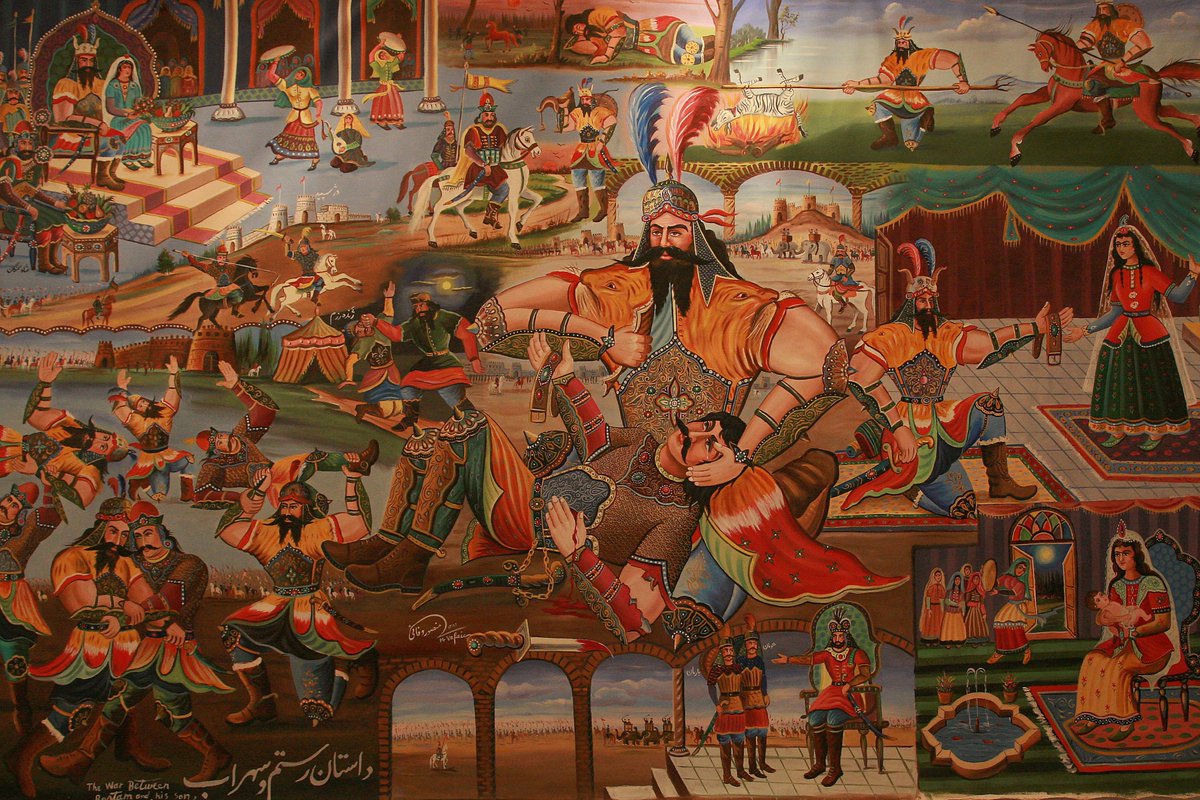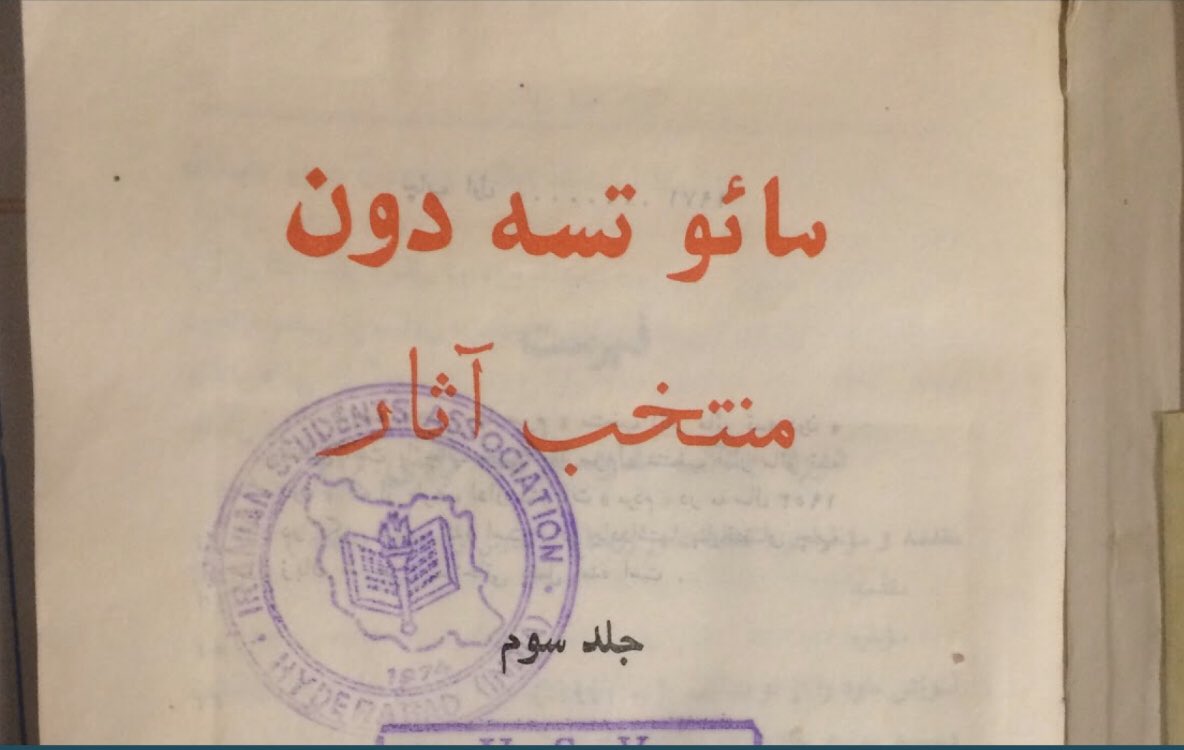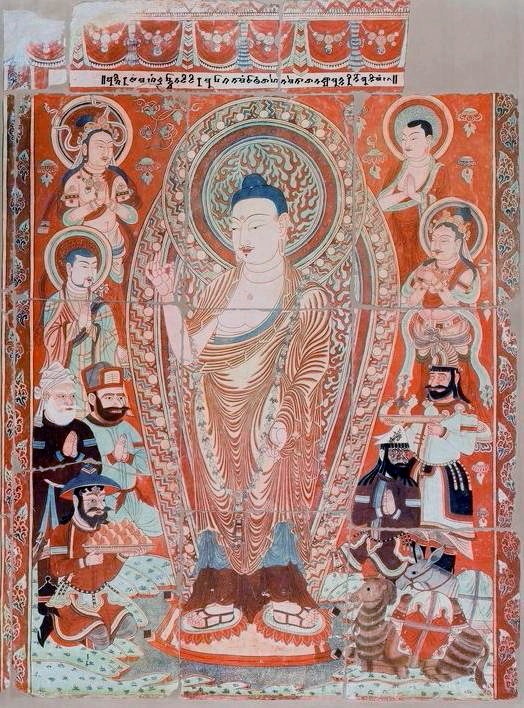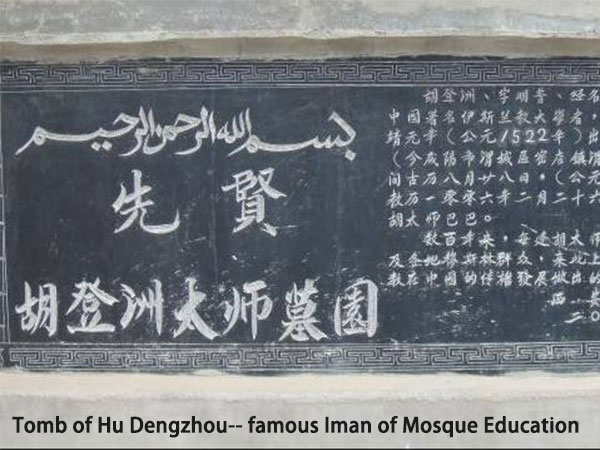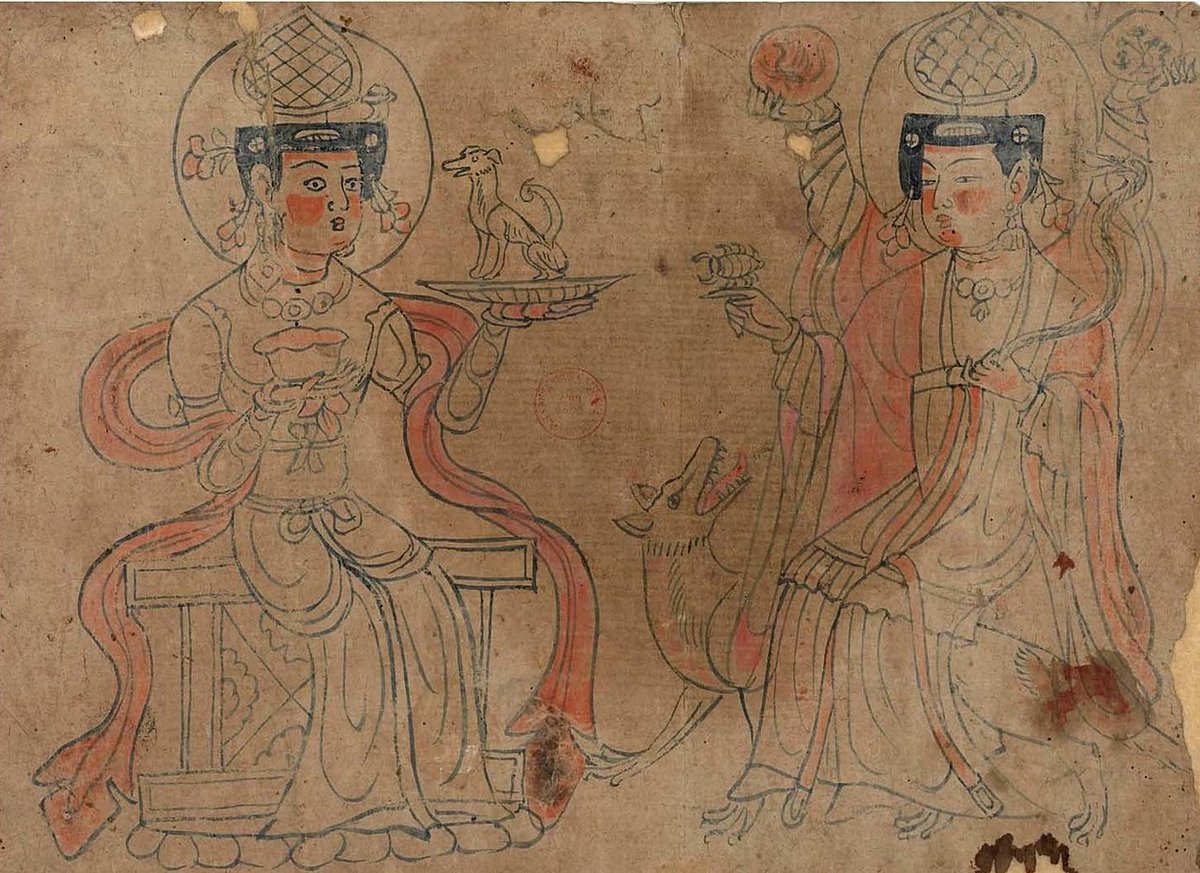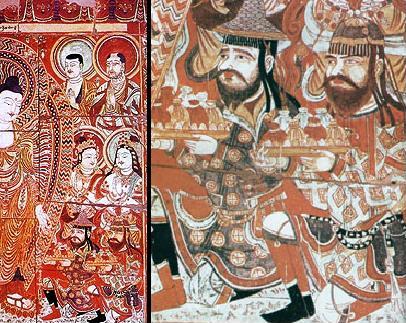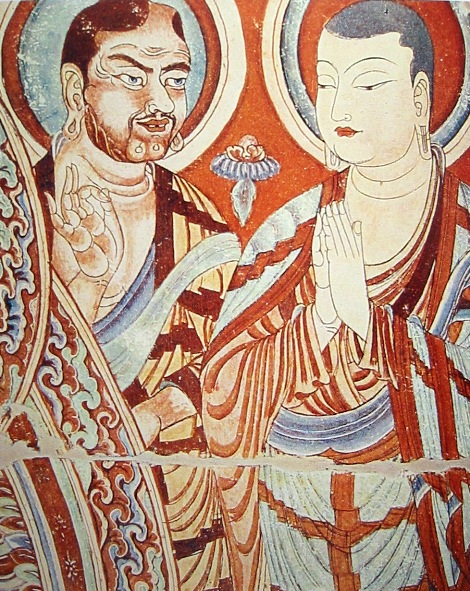
Before I hand over @HistorianofIran to my successor, the one and only @Mar_Musa. Here is a meta-thread linking all the threads from this week in, hopefully, chronological order. Thank you all for this week. It was great, and now I need some rest.~tw 1/
Monday we started out with #bookhistory, still an emerging field interesting to every #twittistorian. Starting out with evening the playing field and some general remarks:
~tw 2/
https://twitter.com/HistorianofIran/status/1264827506034696192?s=20
~tw 2/
Linking that to the 16th-century Damascene scholar and author Muḥammad Ibn Ṭūlūn. ~tw 3/
https://twitter.com/HistorianofIran/status/1264930734625751041?s=20
More interesting for #bookhistory than the person Ibn Ṭūlūn is his book endowment... ~tw 4/
https://twitter.com/HistorianofIran/status/1265219884436381696?s=20
and its dissolution in the 19th century. It is indeed time to talk about provenance! ~tw 5/
https://twitter.com/HistorianofIran/status/1265269012478472192?s=20
Adding additional information about those institutions that housed the books.~tw 6/
https://twitter.com/HistorianofIran/status/1265280927409885184?s=20
Provenance research is not restricted to manuscript sources. New technologies like the photostat can offer new perspectives on older questions.
~tw 7/
~tw 7/
https://twitter.com/HistorianofIran/status/1265555143107522563?s=20
Print can be understood as either a rupture from or a continuation of manuscript cultures. Either way, print needs to be considered too when thinking about #bookhistory ~tw 8/
https://twitter.com/HistorianofIran/status/1265625033575104512?s=20
Next, the manuscript trade in its multiple form became a topic. First, you made me go back to Damascus around 1500 (where we also ended up the week as a whole). Look out for @ATQuickel's thread on the Cairo book market in there.
~tw 9/
~tw 9/
https://twitter.com/HistorianofIran/status/1265956941693665280?s=20
Second, we looked at MS trade connections between, on the one hand, Istanbul and Aleppo, and, on the other hand, Ireland and England in three threads. The 1st one addresses the Irish/British infrastructure.
~tw 10/
~tw 10/
https://twitter.com/HistorianofIran/status/1266025618631770112?s=20
2ndly, we examined more closely the manuscript markets in Istanbul, Aleppo, and some other places. @Matt_J_Chalmers added a Samaritan perspective to it.
~tw 11/
https://twitter.com/HistorianofIran/status/1266320983784374275?s=20
~tw 11/
3rdly, we investigated the provenance of this beautiful manuscript, now held @TCDResearchColl.
~tw 12/
~tw 12/
https://twitter.com/HistorianofIran/status/1266368605622382595?s=20
And back to Cairo it is, with more on 19th- and 20th-century #bookhistory. First the context:
~tw 13/
https://twitter.com/HistorianofIran/status/1266700803760422916?s=20
~tw 13/
And then a case study on one family central to the emergence of several Western collections of Arabic MSS.
~tw 14/
~tw 14/
https://twitter.com/HistorianofIran/status/1266731705290784769?s=20
Two shorter threads on #bookhistory online:
~tw 15/
https://twitter.com/HistorianofIran/status/1265658695830167553?s=20
https://twitter.com/HistorianofIran/status/1266388647286366208?s=20
~tw 15/
Finally, we switched to a much more urgent topic today. #BlackLivesMatter Mubārak al-Ḥabashī al-Qābūnī, a central figure in Late Mamluk Damascus and a fighter against injustice (3 threads all linked). Thank you, @stephenniem, for your warm words.
~tw 16/
https://twitter.com/stephenniem/status/1267092307305783298?s=20
~tw 16/
The two articles I linked in this thread are available #openaccess for download and give more information on Mubārak from different perspectives ("Between Beirut" less than the other). For convenience, here they are again:
thecamel.hypotheses.org/2082
knowledge.uchicago.edu/record/967
~tw
thecamel.hypotheses.org/2082
knowledge.uchicago.edu/record/967
~tw
With this I am signing off from a wonderful, engaging, and exhausting week @HistorianofIran. I learned a lot in this week and am grateful to all who made that happen, first of all to @sasanianshah for inviting me.👋👋👋
~tw 18/18
Off to you, @Mar_Musa!
~tw 18/18
Off to you, @Mar_Musa!
https://twitter.com/KaminskiTheresa/status/1264285363532677122?s=20
One more thing, any questions about this week's content please direct add @DrWorsTen so I still see them after signing off.
• • •
Missing some Tweet in this thread? You can try to
force a refresh




